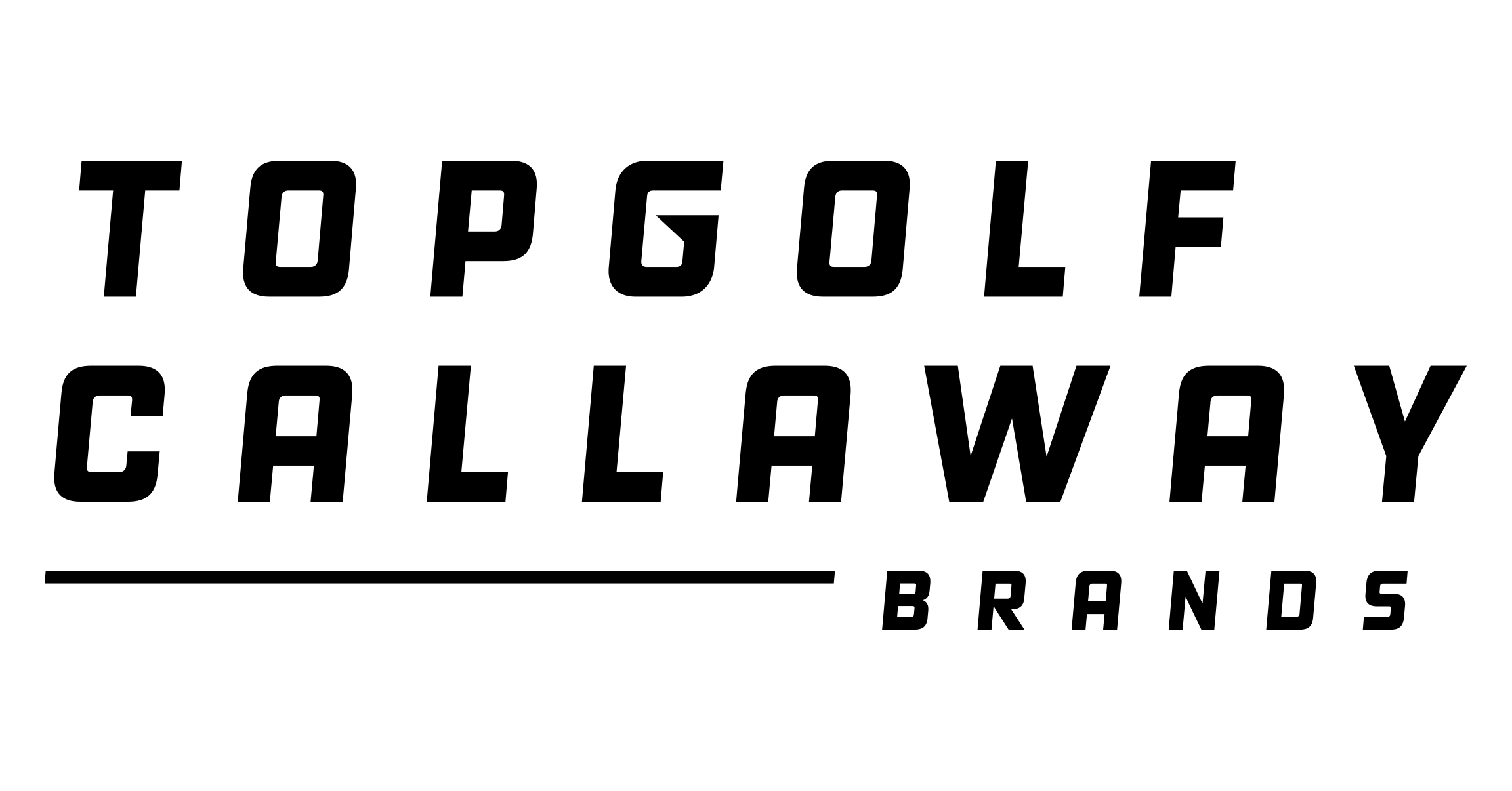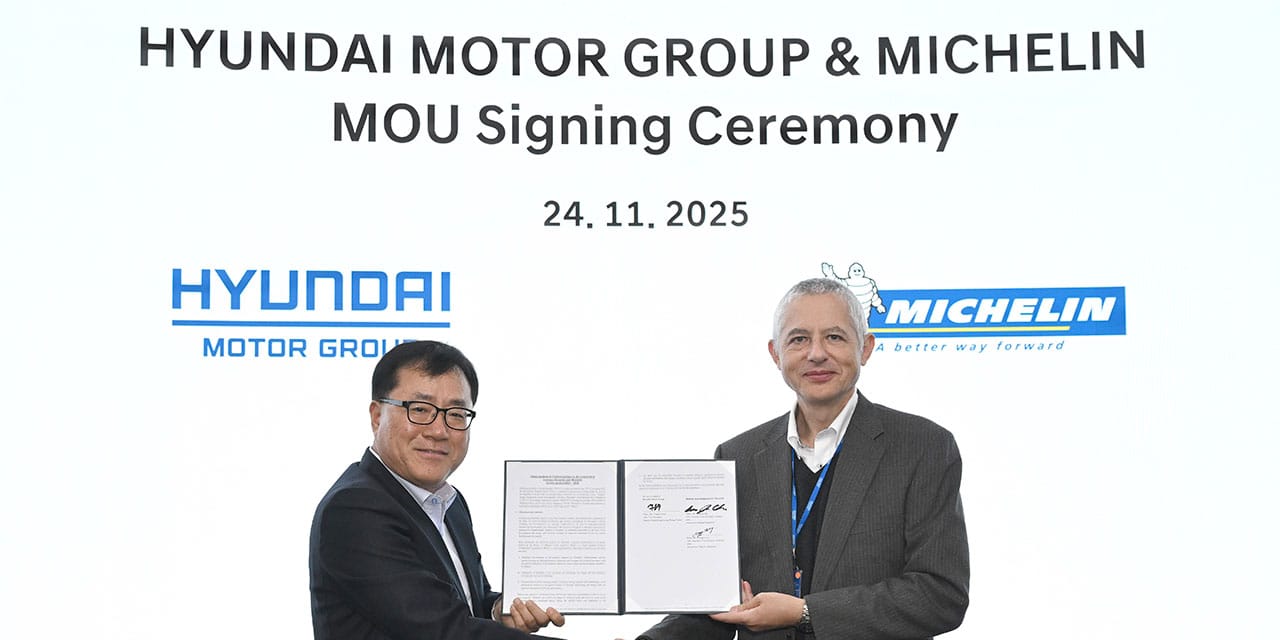By Cam Hui
Potential Fed rate cut in December could ignite a ‘risk-on’ flame – but only for a short time
Many investors believe AI stocks are in a bubble – how long then before it pops?
The possibility of Fed easing and short-term technical rotation patterns raise the odds of a growth rebound.
Is it all over for growth stocks? AI market leader Nvidia (NVDA) reported stronger-than-expected quarterly results last week, and CEO Jensen Huang characterized demand for its Blackwell chip as “off the charts.”
The stock staged a brief reflex rally but the price faded to close in the red. The market overall adopted a risk-off tone, with market leadership showing a clear growth-to-value rotation across the board on all market-cap bands and internationally.
So, is the AI and tech rally done? I analyzed the market through the lens of leadership rotation, and here’s what I found.
Sector strength and weakness
My primary tool for market leadership analysis is the RRG chart. Relative Rotation Graphs, or RRG charts, are a way of depicting the changes in leadership in different groups, such as sectors, countries or regions, or market factors.
RRG charts are organized into four quadrants, seen in the chart below. The typical group rotation pattern occurs in a clockwise fashion. Leading groups (top right) deteriorate to weakening groups (bottom right), which then rotate to lagging groups (bottom left), which change to improving groups (top left), and finally complete the cycle by improving to leading groups (top right) again.
A conventional RRG chart of S&P 500 SPX sectors (above) currently reveals a curious pattern – no sectors are in the top right leading quadrant. Technology had rotated from the leading to weakening quadrant. While the typical rotation pattern calls for it to eventually move to the lagging quadrant in the bottom left, its tight clockwise rotation may put it back up to the leading quadrant.
A scan of the “improving” quadrant (below) reveals the up-and-coming sectors consisting of energy, healthcare and utilities. These are sectors with individual idiosyncratic characteristics that don’t fit into a conventional value-growth or risk-on/off narrative.
Emerging leadership
An analysis of improving sectors from the RRG charts shows that the three emerging leadership candidates each have their own idiosyncratic risk and return patterns.
Utilities stocks – as measured by the Utilities Select Sector SPDR ETF XLU – bottomed in April and have been in an uptrend. The relative return chart shows a saucer-shaped bottoming pattern. Relative breadth (bottom two panels) has also been strong.
That’s positive, right? But utilities are a hybrid AI play based in the expectation of rising electricity demand from data centers. Should the strength of utilities be interpreted as bullish for AI exposure and a growth sector or bearish because of its defensive characteristics?
Meanwhile, healthcare stocks – as measured by the Health Care Select Sector SPDR ETF XLV – are enjoying a recovery from a multi-year capitulation and washout. The sector has rallied to test a major resistance level, though it did stage a relative breakout (second panel), which is promising. While the sector has a promising intermediate-term outlook, price action appears extended in the short run.
Energy – measured by the Energy Select Sector SPDR ETF XLE is another sector with signs of emerging leadership. It’s been in an uneven uptrend since April and its relative return chart shows a promising saucer-shaped bottom pattern. Relative breadth has also been strong.
However, the outlook for the energy sector depends on oil prices, which have been in a downtrend but on the verge of testing support at the $60-$62 zone.
Follow the chart leaders
Investors can use RRG charts for different perspectives of market behavior. The chart below analyzes factor leadership against an equal-weighted S&P 500. As the chart shows, leading and improving factors can be characterized as value and fundamentally driven factors, namely large-cap value, quality, dividend growth and low volatility.
By contrast, the factors in the bottom half of the chart can be characterized as high-octane factors, such as price momentum, speculative growth, high-beta, IPOs and large-cap growth. Viewed against such a prism, this foreshadows a period of sloppy price action or correction for the stock market.
For a top-down macro perspective, the chart below shows rotation analysis of selected asset classes against a U.S. 60/40 stock-bond portfolio benchmark. From that perspective, equities are weakening in all regions, with the exception of emerging-markets ex-China. U.S. equities fell from the top-right leading quadrant to the bottom-right weakening quadrant. The most prominent market leaders are commodities and gold, followed by bonds in the improving quadrant.
That said, investors shouldn’t just accept these results without some degree of cross-asset analysis. The strength in gold (GC00) and commodities is partly attributable to recent U.S. dollar DXY weakness. As well, emerging-markets ex-China stocks have also shown an inverse correlation to dollar movements.
Federal Reserve to the rescue?
In addition, BCA Research pointed out that the Nasdaq COMP is highly sensitive to real interest rates. This makes the FOMC December decision an enormous wildcard in the short-term outlook for stock prices and value-growth outlook.
Read: Crypto, the dollar, stocks and credit are telling the Fed it needs to cut, popular strategist says
In the absence of official economic data, hawkish Fedspeak from regional Fed presidents, and indications of a divided committee from the latest FOMC minutes, the December rate decision will be a close call. But the news that New York Fed President John Williams would back another rate cut is an indication that the Fed leadership will be trying to build a consensus for a cut. As a consequence, the market-derived odds of a December cut rose to almost 70% last Friday.
Putting this all together, a market leadership review currently shows a gradual rotation to value from growth. There’s also a move to fundamentally driven investment factors such as quality and dividend growth, and away from high-octane momentum names.
Yet the possibility of Fed easing and short-term technical rotation patterns raise the odds of a growth-stock rebound.
Finally, I leave you this dot-com-era bubble analog from analyst Jurrien Timmer at Fidelity Investments.
With the exception of dislocations from Russia and LTCM (Long Term Capital Management), the current market is tracking the analog fairly well. With the caveat that the magnitude of the current returns are not as large (bottom panel), we are somewhere in early 1999. I interpret this to mean that the U.S. stock market is undergoing an AI bubble – but it’s not over just yet.
Cam Hui writes the investment blog Humble Student of the Markets, where this report first appeared. He is a former equity portfolio manager and sell-side analyst.
More: Why the once-invincible Nvidia can’t save the AI trade
Also read: A Fed rate cut in December seemed doubtful. Here’s why it’s now likely to happen.
-Cam Hui
This content was created by MarketWatch, which is operated by Dow Jones & Co. MarketWatch is published independently from Dow Jones Newswires and The Wall Street Journal.
(END) Dow Jones Newswires
11-24-25 1922ET
Copyright (c) 2025 Dow Jones & Company, Inc.









